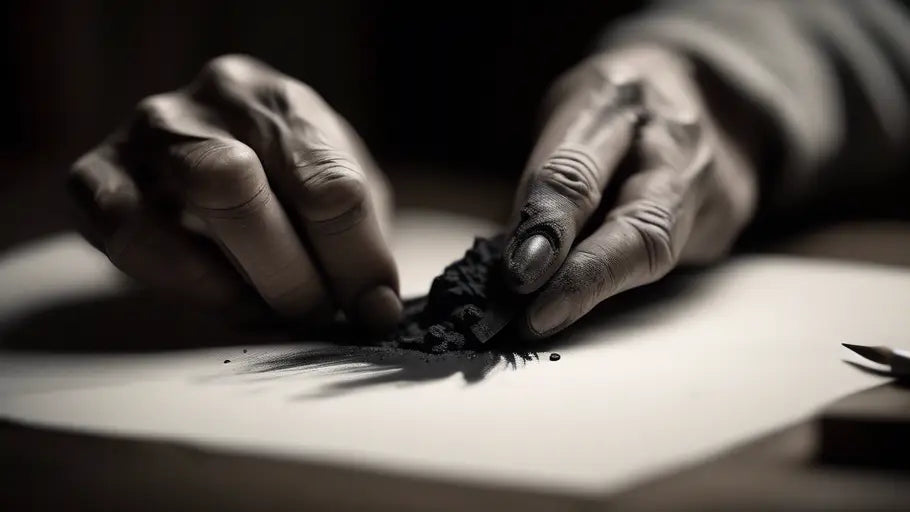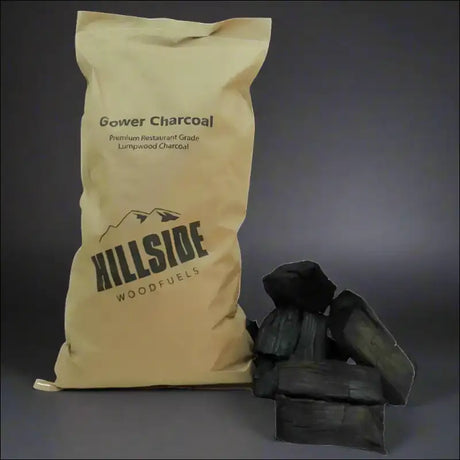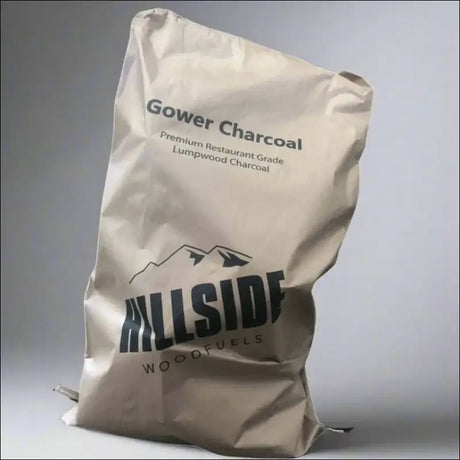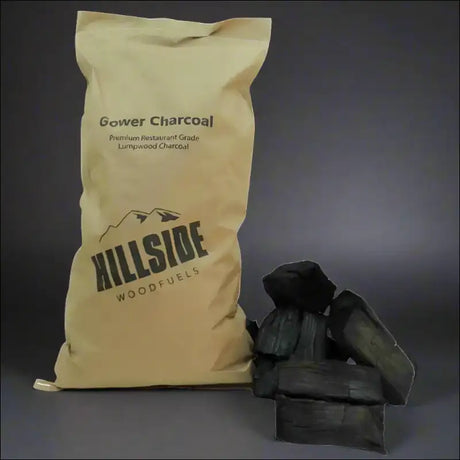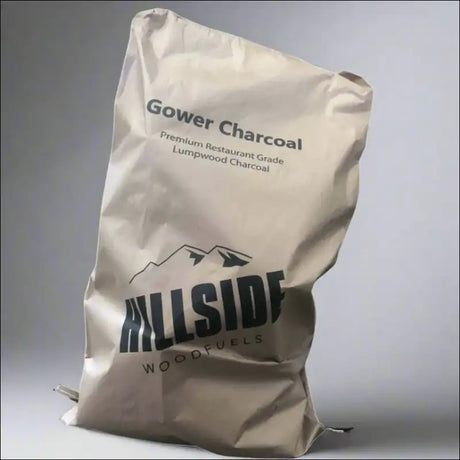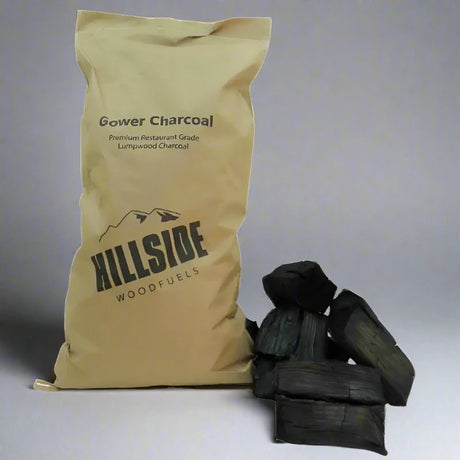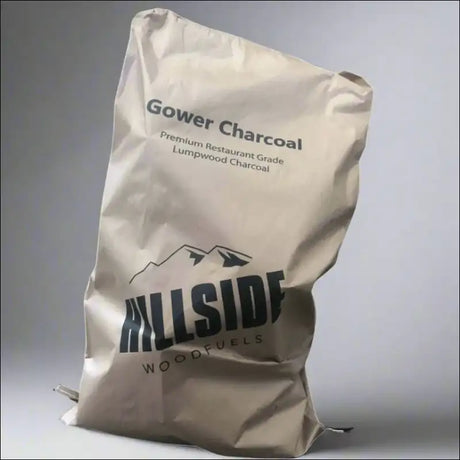An unlikely hero takes centre stage today, often found in the shadows of both our barbecues and our art studios. Yes, we're talking about charcoal. The smoky, black substance, often associated with sizzling sausages, also boasts a rich and illustrious history in the realm of art. From the earliest cave paintings to contemporary hyperrealistic illustrations, charcoal has been a vital part of our artistic journey. So, let's put down the barbecue tongs and pick up the sketchbook as we dive deep into the world of charcoal in art, beyond grilling.
The Origins of Charcoal in Art
The story of charcoal in art is as old as the story of art itself. The earliest known examples of charcoal usage in art date back to the Stone Age, with cave paintings created by our prehistoric ancestors. These early artists discovered that burnt sticks could be used to make marks on walls, giving birth to the first instances of charcoal art.
The use of charcoal in art was not confined to just cave paintings. Ancient civilizations from Egypt to Greece discovered that charcoal, derived from various sources like willow or vine twigs, was an accessible and versatile medium for drawing. Artists could easily manipulate the charcoal to produce lines of varying thickness and darkness, making it an ideal tool for sketching and preliminary drawings.
Historical Uses of Charcoal in Art
Renaissance and Baroque Periods
Fast forward to the Renaissance and Baroque periods, charcoal found its place as a preparatory medium for oil paintings. Artists like Leonardo Da Vinci and Peter Paul Rubens made extensive use of charcoal to sketch out their compositions before applying paint. This process allowed them to capture the form, texture, and dramatic lighting that these periods are known for.
19th and 20th Century Art Movements
Moving into the 19th and 20th centuries, charcoal continued to play a vital role in art movements like Impressionism and Futurism. Impressionist artists used charcoal sketches to rapidly capture fleeting moments of light and colour in their environment.
Artists from the Futurist movement, on the other hand, saw the potential of charcoal to capture movement and speed. They used quick, dynamic strokes of charcoal to represent the rapidly changing modern world around them.
By the time Modernism rolled around, artists were pushing the boundaries of charcoal as a standalone medium. Artists like Georges Rouault and Marino Marini used charcoal not just for sketching, but as a central component of their finished works.
Modern Applications of Charcoal in Art
Contemporary Charcoal Drawing
Our foray into the modern era introduces us to contemporary artists who specialise in charcoal drawings. The likes of Robert Longo and Tim Lowly utilise charcoal to create stunning, hyper-realistic images. The unique qualities of charcoal, such as its deep, rich blacks and range of tonal values, make it an excellent medium for capturing the minutiae of reality.
Charcoal in Mixed Media Art
Charcoal has also found its home in mixed media art, where artists incorporate it alongside other mediums like paint, pastels, and collage. This practice highlights the versatility of charcoal in creating texture and depth. For instance, an artist might use charcoal to create a rough, textured background, then overlay it with vibrant colours using paint or pastels.
Charcoal in Experimental Art Practices
The experimental art scene has also embraced charcoal as an unconventional medium. Performance artists have used charcoal in their acts, creating temporary drawings that are erased or altered throughout the performance. Installation artists have also utilised charcoal in their works, incorporating it into larger, multi-material pieces.
Techniques and Tips for Charcoal Artists
Types of Charcoal and Tools
Charcoal comes in various forms, each with its own unique characteristics. Vine charcoal, made from burnt willow or grapevine, is soft and easily erasable, making it ideal for preliminary sketches. Compressed charcoal, on the other hand, is harder and darker, suitable for bold, final lines and intense shading. Powdered charcoal, which can be brushed onto the surface, is perfect for large-scale work and smooth gradients.
In addition to charcoal itself, tools like blending stumps, erasers, and fixatives can be used to manipulate and preserve charcoal artworks.
Charcoal Drawing Techniques
When it comes to charcoal drawing techniques, the possibilities are endless. You can start with basic value and shading techniques, using the side of the charcoal to create broad strokes and the tip for detailed lines. Experiment with different mark-making techniques, from hatching and cross-hatching to stippling. Layering and smudging can add depth and texture to your work, while erasing can create highlights and add complexity.
Preservation and Care of Charcoal Artworks
Preserving charcoal drawings can be a challenge, given the medium's propensity to smudge and fade. A quality fixative or protective spray can help to set the charcoal and prevent it from smudging. When framing charcoal artworks, use acid-free materials to prevent degradation, and consider using a spacer to keep the artwork from touching the glass.
Conclusion
In conclusion, the journey of charcoal from the earliest cave paintings to modern and experimental art forms is a testament to its enduring appeal and versatility. Whether in the hands of a Renaissance master or a contemporary artist, charcoal continues to offer unique possibilities for creative expression. In essence, charcoal's historical and modern uses in art highlight its ability to transcend time and styles, proving that it's much more than just a grilling accessory. So, to all the artists out there, we encourage you to pick up a piece of charcoal and explore its immense potential in your creative practice. Who knows, you might just find your new favourite medium!
Visit our collection of sustainable wood fuels, including kiln-dried wood and hardwood ash logs, perfect for creating your own charcoal. Don't forget to check out our lumpwood charcoal and restaurant-grade charcoal for your artistic endeavours, or our Swedish fire logs, candles, and torches to bring warmth and light to your art studio. Finally, our firelighters and kindling can help you start your creative journey with charcoal.

